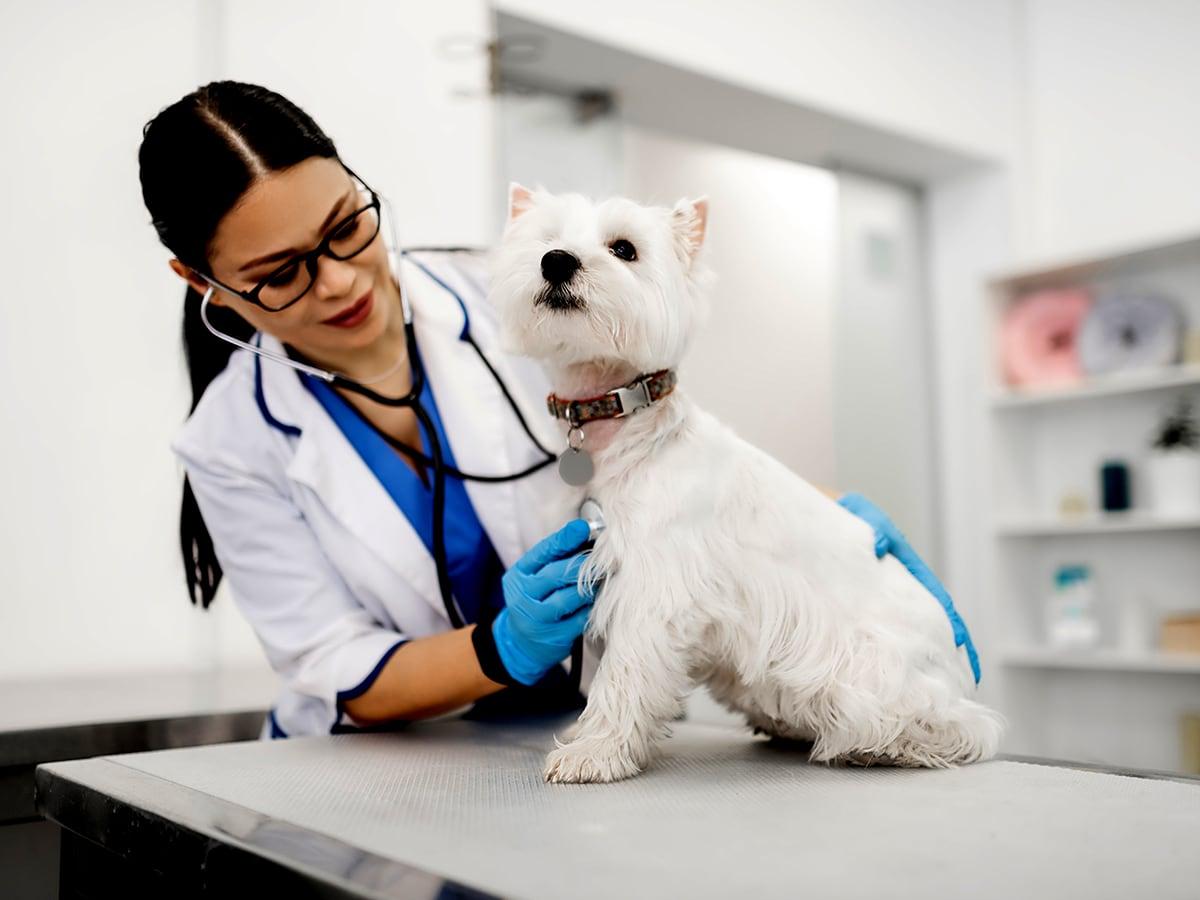Pet insurance can be a lifesaver when unexpected accidents or illnesses affect our pets. Yet, many pet owners are hesitant to get pet insurance due to a few common misconceptions. Let's debunk five of the most prevalent myths and uncover how pet insurance can be essential for your pet's well-being.
Misconception 1: Pet Insurance is Unnecessary for Healthy Pets
It's easy to think that healthy pets don't need insurance, but accidents and illnesses can happen to any animal. Even young, healthy pets can suddenly require expensive treatments for an unexpected accident or illness. Additionally, many pet insurance plans offer wellness coverage at an additional cost for routine care like checkups and vaccinations, which can help contribute to your pet's long-term health.
Misconception 2: Pet Insurance is Too Expensive
Pet insurance isn't a one-size-fits-all product. Many providers offer customizable plans to suit your budget and your pet's needs. You can usually choose different levels of coverage, deductibles, and reimbursement percentages, which can help tailor your policy to fit your budget.
Misconception 3: Pet Insurance Only Covers Accidents
While accident coverage may be important, many comprehensive pet insurance plans also cover illnesses, that can range from minor infections to major surgeries. Some providers even offer coverage for chronic conditions and hereditary diseases.
Misconception 4: Pre-existing conditions are never covered
While many policies don't cover pre-existing conditions, some may offer coverage if the condition has been cured and symptom-free for a certain period. For example, some providers may cover a pre-existing condition if it has been cured and symptom-free for 180 days. It's crucial to carefully review the policy terms to understand how pre-existing conditions are handled.
Misconception 5: Pet insurance is complicated and difficult to use
Many pet insurance providers have streamlined their claims process, making it more user-friendly and efficient. Typically, you'll pay the vet bill upfront and then submit a claim for reimbursement for covered conditions, often with the help of readily available customer support. For tips on how to submit a pet insurance claim, check out our blog.
How to Choose the Right Pet Insurance Policy
Choosing the right policy can involve considering factors like:
Your pet's breed, age, and health history: Certain breeds may be predisposed to specific conditions, and older pets may require more extensive coverage.
Your budget and coverage needs: Determine how much you're comfortable paying in monthly premiums and what level of coverage you need.
The provider's reputation and customer service: Research different providers, read reviews, and compare their offerings to find a provider that aligns with your values and needs.
Conclusion
Pet insurance can be a valuable tool for your pet's health and helps provide peace of mind. By debunking these common misconceptions and understanding the various factors involved in choosing a policy, you can make a better informed decision that helps ensure your pet can receive the best possible care, no matter what life throws their way. Don't wait for an emergency to arise; help protect your pet with the right insurance today.
How Spot Pet Insurance Can Help
Spot pet insurance offers plan options including Accident and Illness coverage or Accident-Only coverage. When enrolling in a policy, pet parents can customize their annual deductible, reimbursement rate, and annual limit, including an unlimited plan option with no per incident caps. Spot plans also offer preventive care coverage options for an additional fee. Preventive care coverage helps pet parents with the eligible costs of certain routine care services including; vaccinations, annual exams, dental cleaning, and other benefits. With a pet insurance plan from Spot, pet parents can choose the coverage that is right for their pets and their budget!

With 15 years as a dog and cat parent, my pet articles are a mix of humor and firsthand experience - proof that the best stories often come with paws and purrs.











